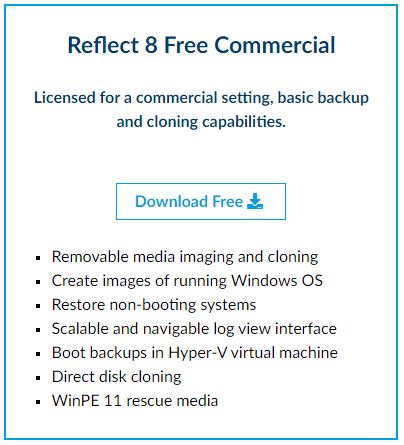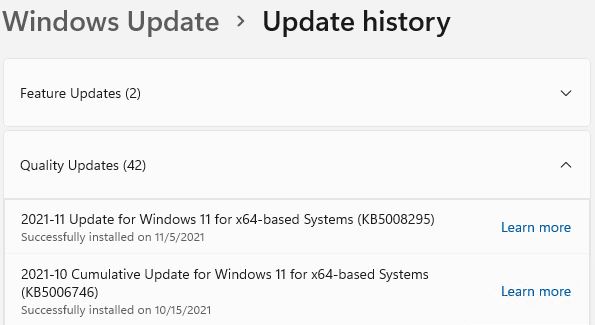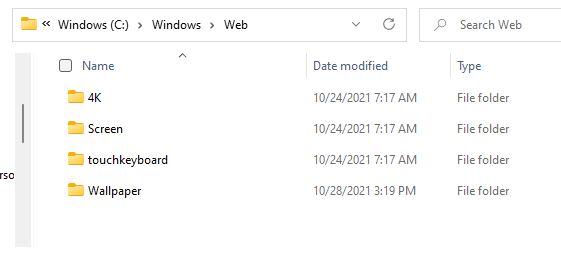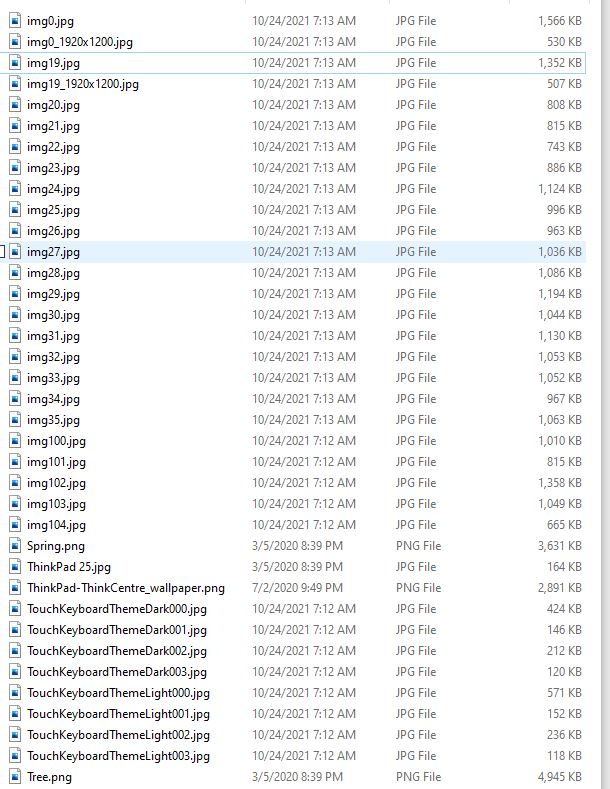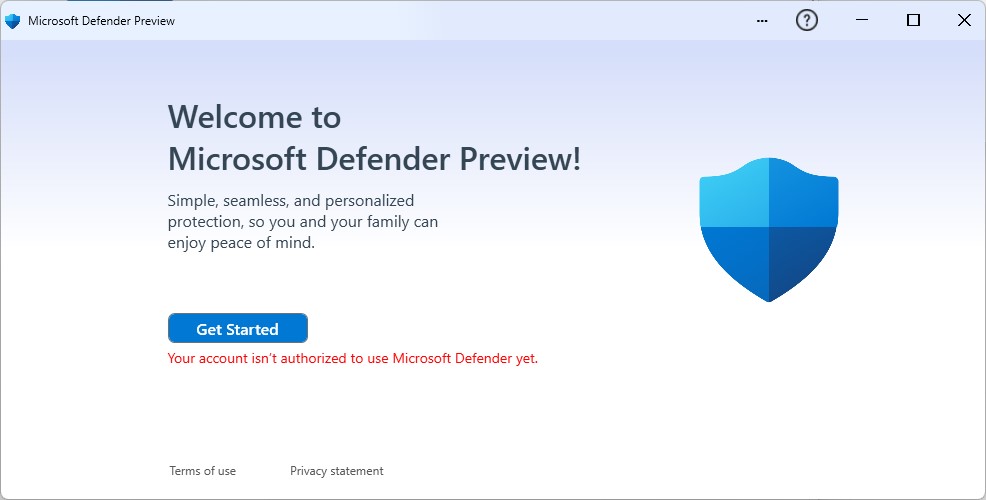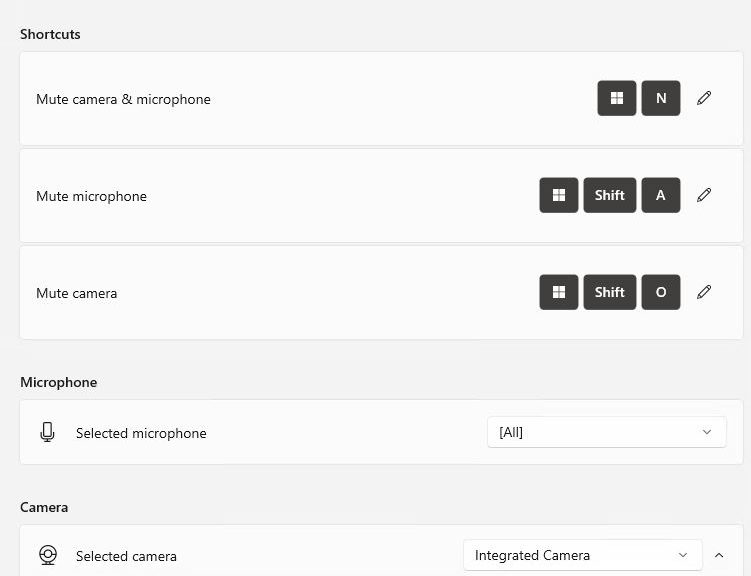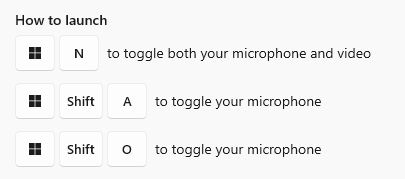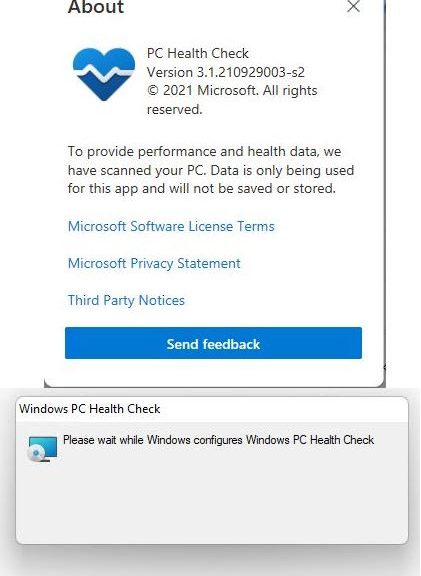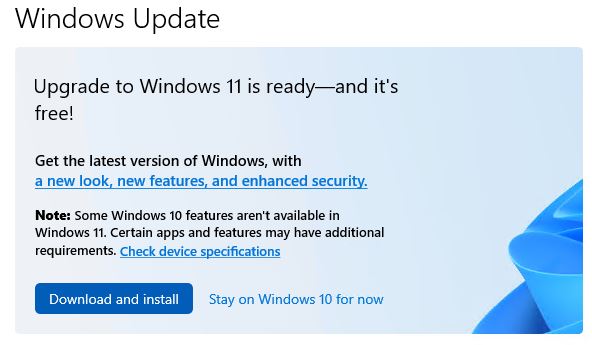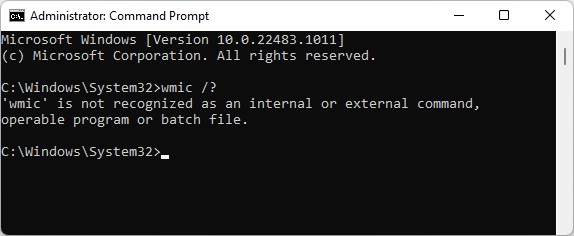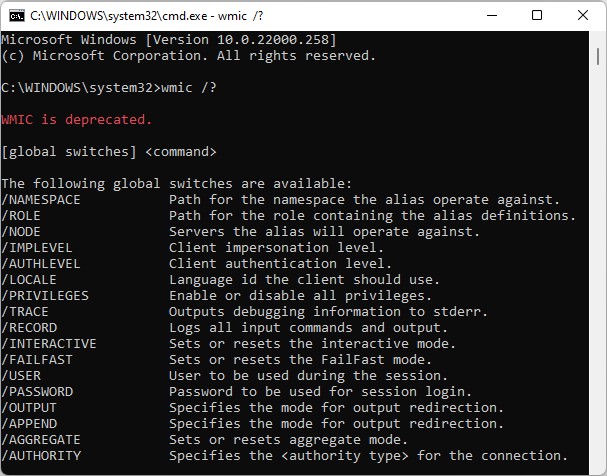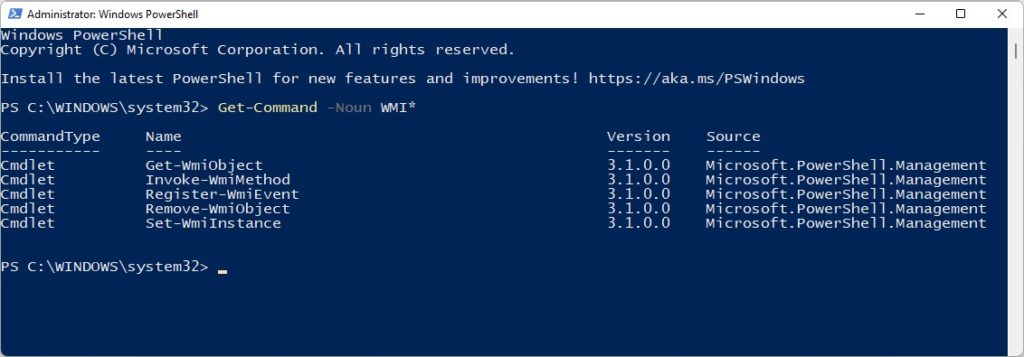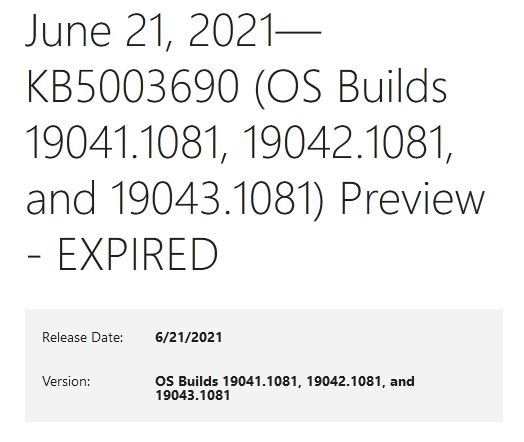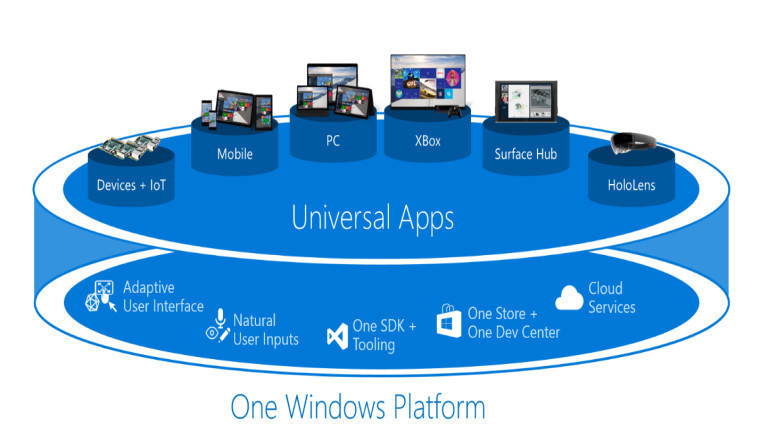Yes, I know. There have been alternate downloads (e.g. Softonic) for Macrium Reflect 8 Free available for 30 days and longer. This week, however, Paramount Software UK — the maker of Macrium Reflect — is offering an “official” free download of the well-known and respected backup/recovery toolset. Hence my title, which proclaims Macrium Reflect 8 Free version now available. Good stuff
With Macrium Reflect 8 Free Version Now Available, Grab One!
I’ll confess cheerfully and unreservedly, I was converted to MR through my association with TenForums. I’ve been using MR about as long as I’ve been a member there. And indeed, I concur with prevailing opinions there (and at its sister site ElevenForum.com) that MR Free is sufficient to meet the backup needs of most ordinary users.
Because I believe in supporting makers who do good work, I own a 4-pack license for the commercial version of MR8 released earlier this year. But now, I can — and will — upgrade all of my other test and experiment machines to the free version directly from the source.
Macrium 8 Has Windows 11 Covered
The program has been reworked and revamped, especially in light of Windows 11. It supports use of WinPE 11 rescue media, and works well with the new OS. It supports removable media imaging and cloning, and uses VSS to support imaging of running Windows 10 and 11 instances. It’s got great backup exploration tools, and can mount its backups as VMs via Hyper-V.
In all seven years I’ve been using MR, it’s never failed me when it comes to restoring a backup or repairing damaged Windows boot facilities. MR7 was a great tool. MR8 is even better. If you’re not already using it, grab a copy of MR8 today. If you’re using MR7, it’s time to upgrate to MR8 (even on Windows 10 PCs). Cheers.
